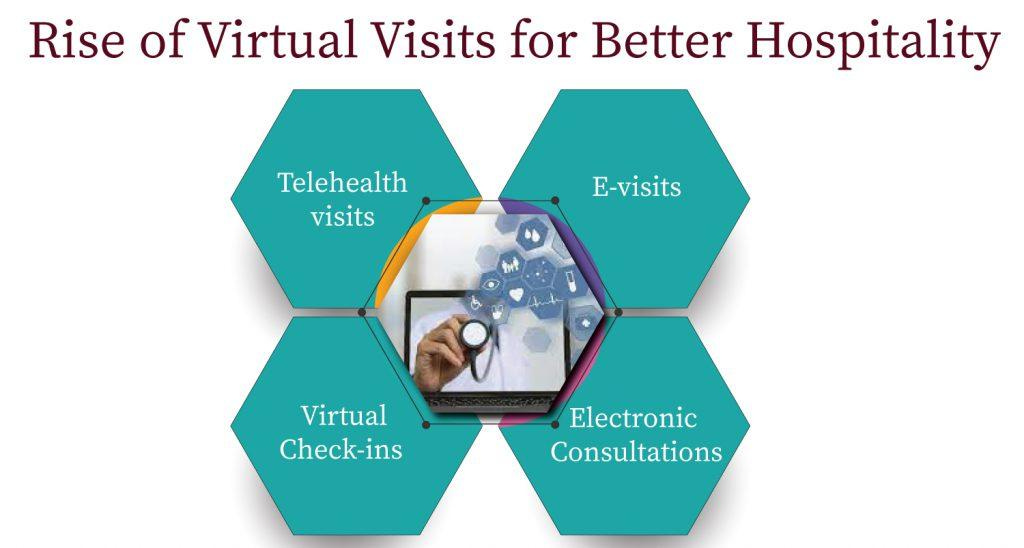Due to the rapid spread of SARS coronavirus 2 in the United States (U.S.), social distancing and stay-at-home orders have been enacted in various states, focusing attention on innovative models of care that eliminate in-person clinic visits. Drastic help has been observed in the telehealth endocrinologist segment. Telehealth refers to using telecommunications and virtual technology to provide health care outside typical healthcare settings. This technology has evolved as a tool to aid in the “flattening of the curve.” Furthermore, telemedicine frees practitioners from the burden of cumbersome, restrictive personal protection equipment (PPE). Clinicians are thus experimenting with new ways of interacting with patients to avoid disruptions in clinical care. It is an acceptable solution to render Endocrinology Telemedicine Services.
Rise Of Telemedicine in the Healthcare Industry
The program emphasizes patient safety, operational openness, and compliance with all applicable laws and regulations. Telehealth, telemedicine, and related concepts are defined by the Centers for Medicare and Medicaid Services (CMS) as “the exchange of medical information from one site to another via electronic communication to enhance a patient’s health.”
As of March 6, 2020, Medicare will pay for office, hospital, and other telehealth visits provided across the country. Including in patients’ homes, under the new 1135 waiver. Patients can get telehealth services from physicians, nurse practitioners, psychologists, and licensed clinical social workers. Before the 1135 waiver, Medicare only paid for telehealth in certain circumstances. The person getting the service had to be from a defined rural area and had to go to a clinic, hospital, or certain other types of medical facilities for remote treatment.
Rise of Virtual Visits for Better Hospitality

1. Telehealth visits
2. Virtual Check-ins
3. E-visits
4. Electronic Consultations (e-consults)
A recent systematic review stated that there might be publication bias in those favorable outcomes of e-consults that are more likely to be published and that more rigorous research on e-consults is needed.
View Original Source: https://www.vcdoctor.com/blog/telemedicine-endocrinology-benefits-and-challenges


No comments yet